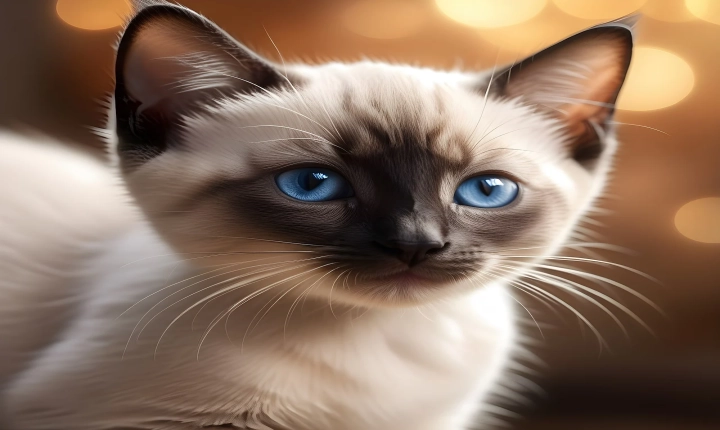AI, or artificial intelligence, has been revolutionizing the way artists create, innovate, and connect with their audience. From music to visual arts, AI has had a significant impact on the creative process, allowing artists to explore new possibilities and push the boundaries of their craft. Here are some ways in which AI has been helping artists:
1. Enhancing creativity: AI has the ability to analyze vast amounts of data and generate new ideas and concepts that can inspire artists. For example, AI-powered algorithms can analyze existing music compositions, paintings, or sculptures and generate new, unique pieces based on the patterns and styles it has learned. This can help artists break through creative blocks and explore new directions in their work.
2. Assisting in the creative process: AI tools can help artists with tasks such as generating melodies, harmonies, or rhythms in music composition, or creating visual elements in graphic design or digital art. For example, AI-powered software can assist in creating complex patterns, textures, or color schemes, freeing up artists to focus on the conceptual aspects of their work.
3. Personalized experiences for audiences: AI can analyze large datasets of audience preferences and behaviors to help artists tailor their work to specific audiences. This could mean creating personalized music playlists, recommending art pieces based on individual preferences, or even dynamically altering visual or musical elements in real-time based on audience reactions, creating a more engaging and interactive experience.
4. Preservation and restoration of art: AI has been used to preserve and restore old or damaged artworks, including paintings, photographs, and sculptures. The technology can help to digitally recreate missing or damaged parts of the artwork, restore faded colors, and remove imperfections, thus ensuring the longevity of important cultural artifacts.
5. Analyzing and predicting trends: AI algorithms can analyze trends and patterns in the art world, helping artists and art professionals understand emerging styles, popular themes, and market demand. This information can be used to inform artistic decisions, guide marketing strategies, and even predict future trends, giving artists more insight into the direction of their respective industries.
While AI has the potential to greatly benefit artists, there are also concerns about the technology’s impact on the creative process and the authenticity of artistic expression. Some worry that AI-generated art may lack the emotional depth and human touch that traditional art possesses. However, many artists view AI as a tool to enhance their creativity rather than replace their artistic vision.
In conclusion, AI has become an invaluable ally for artists across various disciplines, providing new opportunities for creativity, innovation, and audience engagement. As technology continues to advance, it will be fascinating to witness how AI further shapes the world of art and the ways in which artists continue to embrace and utilize these new tools.
